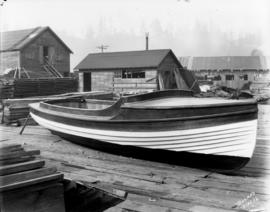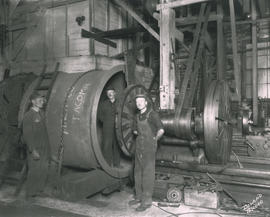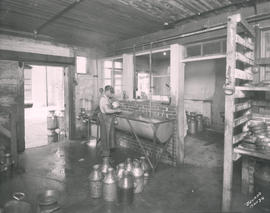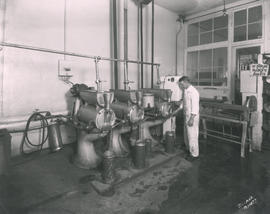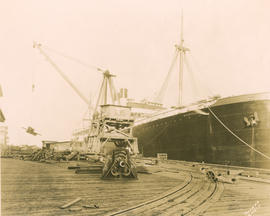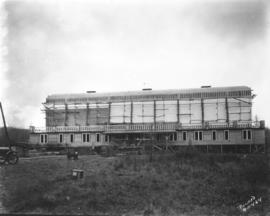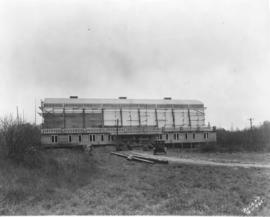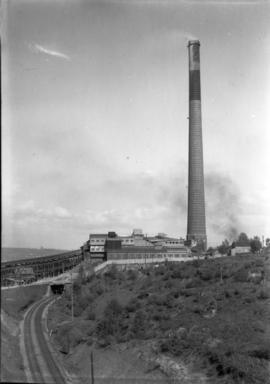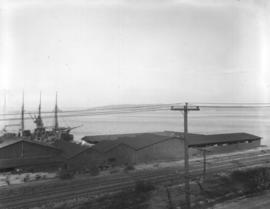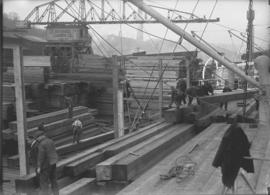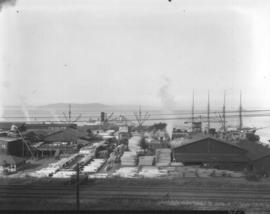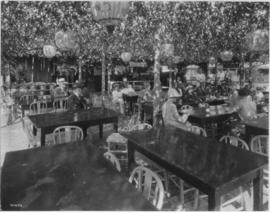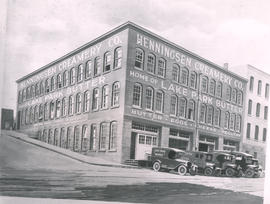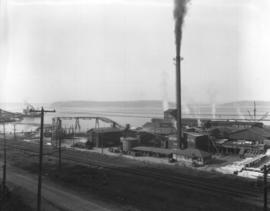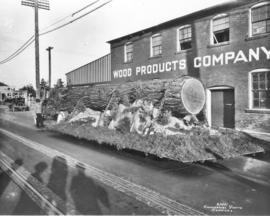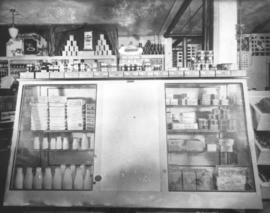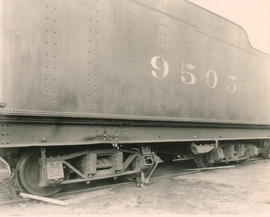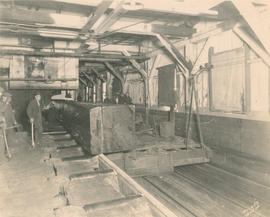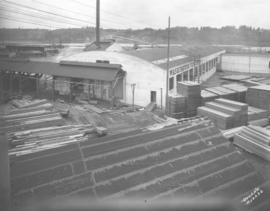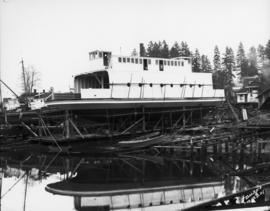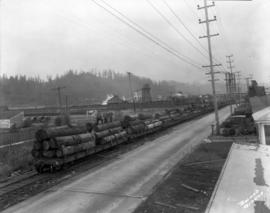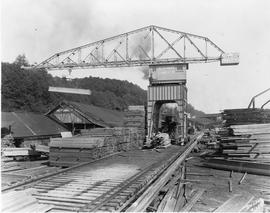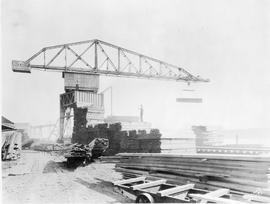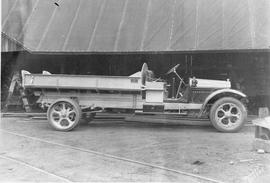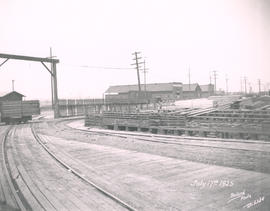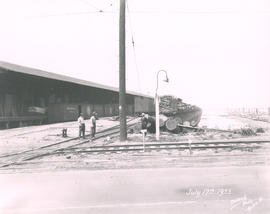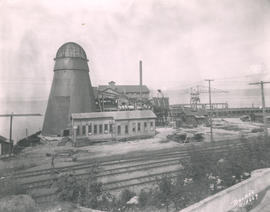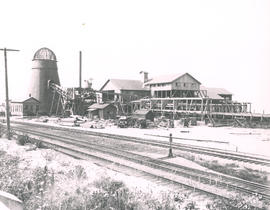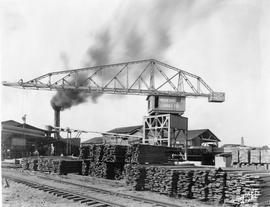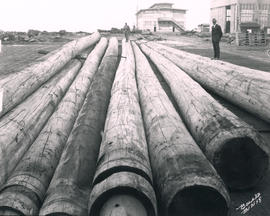Serious motion picture production came to Tacoma- Pierce County near the end of 1924. The administration building, in front, and main building of the H.C. Weaver Productions, Inc. motion picture studio were nearing completion on December 4, 1924. Located on 5.5 acres at the end of Sixth Avenue near Titlow Beach, the H.C. Weaver Productions, Inc., studio had the northwest's largest floor space without supporting pillars. Construction began in early October, 1924, and was completed in late December of that year at a cost of $50,000. The administration bldg. contained executive offices, a projection room, 15 star dressing rooms and dressing rooms for extras. Furnace rooms were built at each end of the main building to make the stage evenly heated. There were no windows in the main building; the studio decided to make use of artificial lightning when filming inside. An elaborate formal dedication, open to the public, was held on December 14, 1924. (TDL 11-9-24, E-8, 12-14-24, B-1) Boland B11464
H.C. Weaver Productions, Inc. (Tacoma); Motion picture studios--Tacoma; Building construction--Tacoma--1920-1930;
